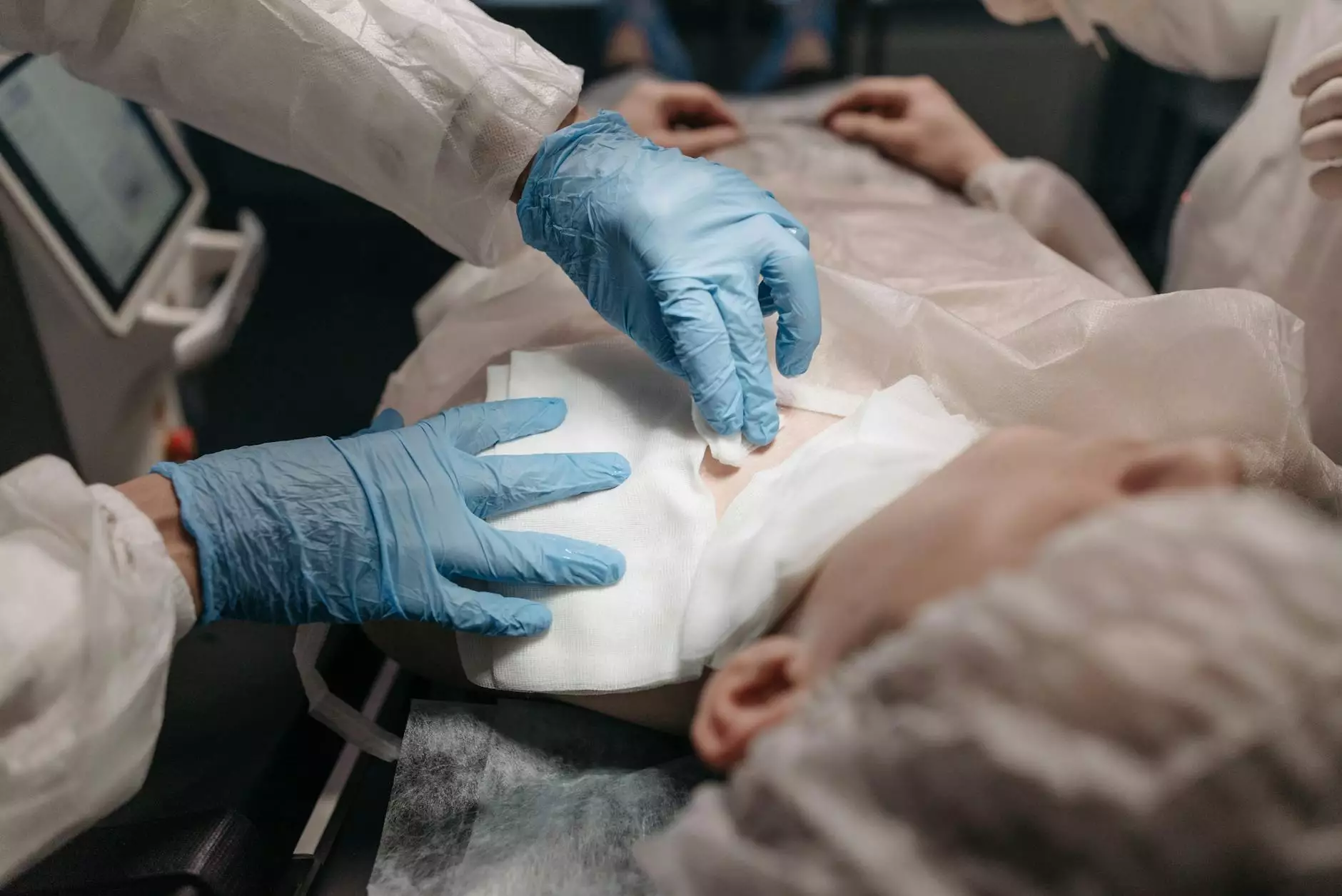The Hysterectomy Surgery Procedure: A Comprehensive Overview

Hysterectomy is a significant surgical procedure used to treat various medical conditions associated with the female reproductive system. Despite the profound implications for a woman's health and lifestyle, many still lack comprehensive knowledge about the hysterectomy surgery procedure. This article aims to elucidate every aspect of the surgery, making it an essential resource for anyone considering or preparing for this operation.
Understanding Hysterectomy
A hysterectomy involves the surgical removal of the uterus, and in some cases, the cervix, ovaries, and fallopian tubes. This procedure is often recommended for conditions such as:
- Uterine fibroids: Non-cancerous growths that can cause severe pain or heavy bleeding.
- Endometriosis: A disorder where tissue akin to the lining inside the uterus grows outside it.
- Uterine prolapse: A condition where the uterus drops into the vaginal canal due to weakened pelvic muscles.
- Abnormal uterine bleeding: Heavy or prolonged menstrual bleeding that cannot be controlled by other treatments.
- Gynecologic cancers: Including cancers of the uterus, cervix, or ovaries.
Types of Hysterectomy
There are several types of hysterectomy surgeries, each suited to specific medical circumstances:
1. Total Hysterectomy
In a total hysterectomy, both the uterus and the cervix are removed. This is the most common type of hysterectomy performed and is typically indicated for more serious conditions.
2. Partial Hysterectomy
A partial or subtotal hysterectomy involves the removal of the uterus while leaving the cervix intact. This type may be recommended for conditions not affecting the cervix.
3. Radical Hysterectomy
A radical hysterectomy is an extensive procedure that includes the removal of the uterus, cervix, surrounding tissues, and often part of the vagina. It is primarily performed for gynecologic cancer.
4. Hysterectomy with Salpingo-Oophorectomy
This procedure involves the removal of the uterus as well as one or both ovaries and fallopian tubes. It may be done to treat different types of reproductive health issues.
The Hysterectomy Surgery Procedure: What to Expect
Understanding the hysterectomy surgery procedure is crucial for both patients and their families. Here’s a step-by-step look at what typically happens:
Preoperative Preparations
Before the surgery, patients will undergo several assessments, including:
- Medical History Review: A thorough review of the patient's medical history, including any allergies and current medications.
- Physical Examination: A comprehensive examination to assess overall health.
- Diagnostic Tests: This may include blood tests, imaging studies like ultrasounds, or MRI scans to clearly understand the condition.
Day of the Surgery
On the day of the surgery, the patient will typically:
- Arrive at the hospital or surgical center.
- Meet with the healthcare team to discuss the surgery and answer any last-minute questions.
- Undergo an anaesthetic assessment to decide on the best anaesthesia route.
- Receive preoperative medications as applicable.
During the Surgery
The surgery can be performed through different approaches:
- Abdominal Hysterectomy: This involves a larger incision in the abdomen. It is often used for more complicated cases.
- Vaginal Hysterectomy: This method uses the vaginal canal for the removal of the uterus, typically resulting in shorter recovery time.
- Laparoscopic Hysterectomy: Using small incisions and specialized instruments, this minimally invasive approach can lead to reduced pain and quicker recovery.
Postoperative Care
Post-surgery, the patient will be monitored for any complications. Typical considerations include:
- Managing pain with prescribed medications.
- Monitoring for any signs of infection at the surgical site.
- Encouragement to engage in light activity to facilitate recovery.
- Scheduled follow-up appointments to ensure a smooth recovery process.
Benefits of Hysterectomy
The decision to undergo a hysterectomy brings various potential benefits. These include:
- Relief from Symptoms: Many women experience significant relief from debilitating symptoms such as chronic pain or excessive bleeding following the surgery.
- Improved Quality of Life: Women may find an improved quality of life without the symptoms that necessitated the procedure.
- Prevention of Further Health Issues: For women at high risk of reproductive cancers, a hysterectomy can serve as a preventive measure.
Recovery After Hysterectomy
Understanding the recovery process is essential. Typically, recovery from a hysterectomy surgery procedure can take from a few weeks to several months, depending on the type of surgery performed.
Initial Recovery
In the first week, patients are advised to:
- Rest adequately and avoid strenuous activity.
- Gradually increase mobility to aid in healing — walking is often encouraged.
- Pain management is crucial, so adhering to prescribed medication schedules is important.
Long-Term Recovery
Long-term recovery may involve:
- Regular check-ups with a healthcare provider to monitor healing.
- Discussion of any hormonal treatments if the ovaries were removed.
- Adopting a healthy lifestyle to promote overall wellness.
Potential Risks and Complications
As with any surgery, there are risks associated with a hysterectomy. These may include:
- Infection: As with any surgery, there is a risk of infection.
- Bleeding: Some patients may experience excessive bleeding during or after the surgery.
- Damage to Surrounding Organs: Rarely, other organs may be damaged during the procedure.
- Anesthesia Risks: Some individuals may have adverse reactions to anesthesia.
- Emotional Response: Some women may experience emotional changes following the removal of reproductive organs.
Conclusion: Making an Informed Decision
The decision to undergo a hysterectomy surgery procedure is a significant one that requires careful consideration and consultation with a qualified healthcare provider. It is essential for women to discuss their individual health conditions, symptoms, and concerns to arrive at the best treatment decision for themselves.
At drseckin.com, our experienced team is dedicated to providing comprehensive care and support throughout your journey. From initial consultation to post-operative follow-ups, we are committed to ensuring a smooth and successful experience.









